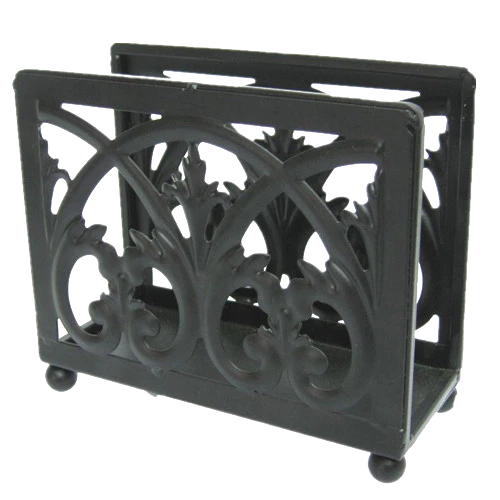Mobile:+86-311-808-126-83
Email:info@ydcastings.com
English
melting aluminum for casting
Melting Aluminum for Casting A Comprehensive Guide
Aluminum casting is a versatile and widely used manufacturing process that involves melting aluminum and pouring it into molds to create various components. It plays a significant role in sectors such as automotive, aerospace, and consumer goods, owing to aluminum's lightweight, strength, and excellent corrosion resistance. In this article, we will explore the essential aspects of melting aluminum for casting, including the melting process, temperature considerations, and safety measures.
Understanding Aluminum Melting Points
Aluminum has a relatively low melting point compared to many metals, typically around 660 degrees Celsius (1220 degrees Fahrenheit). This property makes it ideal for casting processes, as it requires less energy and time to achieve the necessary conditions for pouring. The melting point can slightly vary based on the specific aluminum alloy being used. Understanding the alloy composition is crucial because impurities and alloying elements can influence the melting characteristics and final properties of the cast product.
The Melting Process
The melting process involves several key steps
1. Preparation Before melting, it is essential to prepare the aluminum scrap or ingots. The material should be clean and free from any contaminants such as oil, dirt, or moisture. Any impurities can significantly affect the quality of the molten aluminum and the final casting.
2. Choosing the Melting Furnace Selecting the right type of furnace is vital for efficient melting. Common types of furnaces used for aluminum melting include - Crucible Furnaces These are small, portable furnaces often used for small-scale operations. They can be fueled by gas or electricity. - Induction Furnaces Known for their efficiency and rapid melting capabilities, induction furnaces utilize electromagnetic induction to heat the aluminum. They are widely used in industrial settings. - Reverberatory Furnaces These larger furnaces are suitable for high-volume production and can melt larger quantities of aluminum efficiently.
melting aluminum for casting

3. Melting the Aluminum Once the furnace is prepared and preheated, the aluminum is placed inside, allowing it to reach the desired temperature. Utilizing temperature control is essential to prevent overheating, which can lead to oxidation and deterioration of the metal’s properties. Typically, maintaining the temperature around 720 to 740 degrees Celsius (1328 to 1364 degrees Fahrenheit) is optimal for aluminum casting.
4. Degassing and Refining As aluminum melts, gases can get trapped within the liquid, leading to defects in the final product. Degassing agents, such as chlorine or argon, are often introduced to reduce hydrogen content. Similarly, refining processes can help remove impurities, ensuring the purity and quality of the aluminum.
Safety Considerations
Melting aluminum can pose several safety risks. Here are some important safety measures to consider
- Protective Gear Operators should wear protective clothing, including heat-resistant gloves, face shields, and safety goggles, to protect themselves from splashes and heat. - Proper Ventilation Furnaces produce harmful gases and fumes; hence, working in a well-ventilated area or using exhaust systems is crucial. - Fire Safety Aluminum can catch fire if introduced to water, so keeping fire extinguishers nearby and ensuring that all personnel are trained in fire safety protocols is essential. - Training Employees should be adequately trained in operating melting equipment and understanding the hazards involved.
Conclusion
Melting aluminum for casting is a fascinating process that combines art and science. By understanding the properties of aluminum, choosing the appropriate melting technique, and adhering to safety measures, manufacturers can produce high-quality aluminum castings that meet the demands of various industries. The ability to efficiently melt and cast aluminum not only contributes to innovative designs but also promotes sustainability by recycling materials. As technology advances, so too will the methods used in aluminum casting, leading to even more efficient and environmentally friendly practices in the future.











